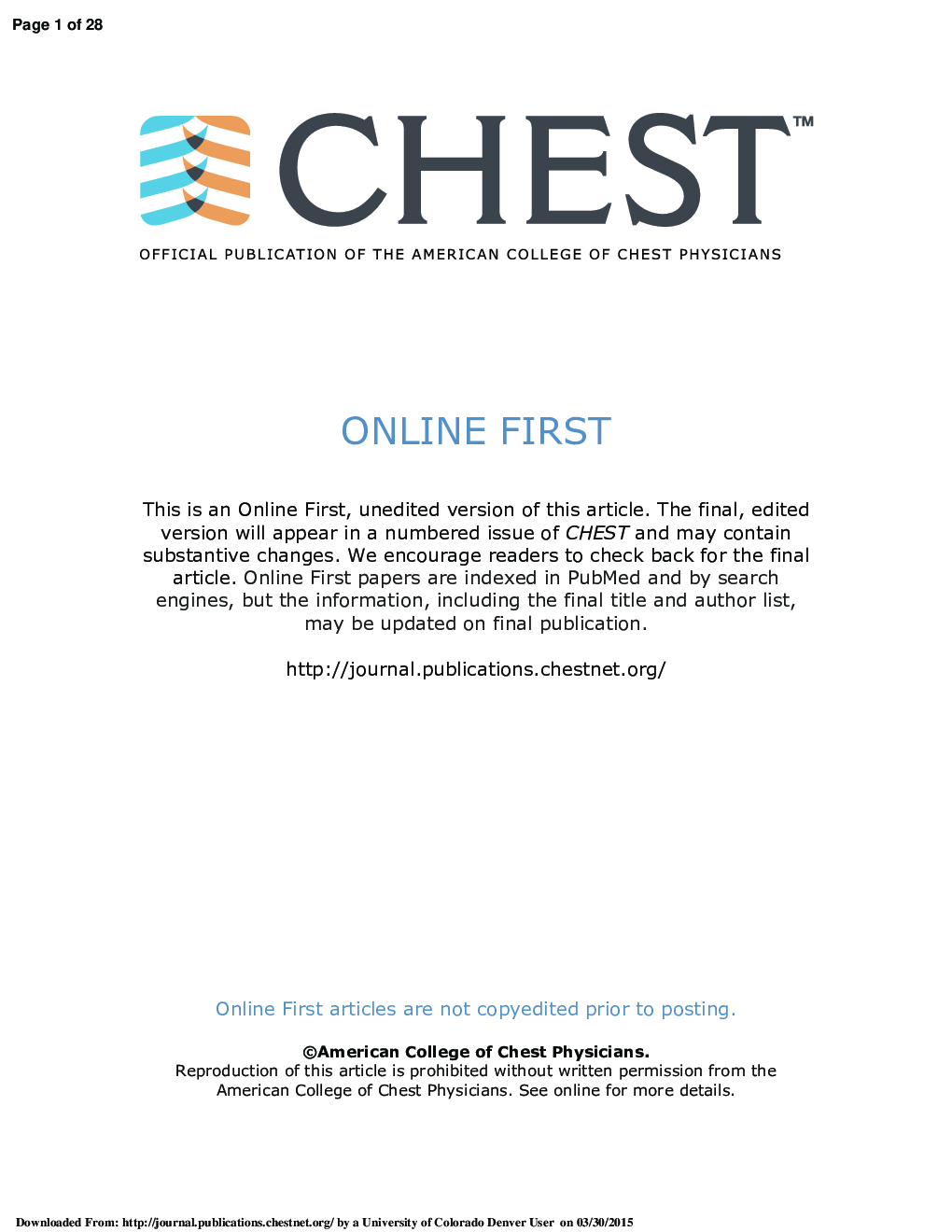| کد مقاله | کد نشریه | سال انتشار | مقاله انگلیسی | نسخه تمام متن |
|---|---|---|---|---|
| 5953874 | 1173307 | 2015 | 28 صفحه PDF | دانلود رایگان |
عنوان انگلیسی مقاله ISI
Hepatorenal Disorders
ترجمه فارسی عنوان
اختلالات هپاتوژنز
دانلود مقاله + سفارش ترجمه
دانلود مقاله ISI انگلیسی
رایگان برای ایرانیان
کلمات کلیدی
RIFLEADQIESLDCRRTEGFRRRTGFRHRDSNSATNIHDIACHRSAKIHDFSBPRAASacute kidney injury - آسیب حاد کلیهAcute Dialysis Quality Initiative - ابتکار کیفیت دیالیز حادend-stage liver disease - بیماری کبدی مرحله پایانیContinuous renal replacement therapy - درمان جایگزینی پیوند کلیهrenal replacement therapy - درمان جایگزینی کلیهhepatorenal syndrome - سندرم هپاترونالMars - سیاره مریخsympathetic nervous system - سیستم عصبی سمپاتیکmolecular adsorbent recirculating system - سیستم گردش خون جاذب مولکولیAcute Kidney Injury Network - شبکه آسیب کبدیtransjugular intrahepatic portosystemic shunt - شنت پورتوژئوس داخل صفاقی transjugularestimated glomerular filtration rate - میزان تصفیه گلومرولی برآورد شده استGlomerular filtration rate - نرخ فیلتراسیون گلومرولیTIPS - نکاتAcute tubular necrosis - نکروز لوله ای حادHemodiafiltration - همودیافیلتراسیونIntermittent hemodialysis - همودیالیز متناوبAKIN - وابستهspontaneous bacterial peritonitis - پریتونیت باکتریایی خودبه خودیserum creatinine - کراتینین سرمSCR - یکسوساز کنترلشده با سیلیکون
موضوعات مرتبط
علوم پزشکی و سلامت
پزشکی و دندانپزشکی
کاردیولوژی و پزشکی قلب و عروق
چکیده انگلیسی
Renal dysfunction is common in patients with end-stage liver disease (ESLD); it takes on many forms from acute to chronic renal injury and may involve a variety of mechanisms. Hepatorenal syndrome (HRS) is a specific type of hepatorenal disorder (HRD) with a unique pathophysiology. HRS is characterized by splanchnic arterial vasodilatation and decreased effective intravascular volume that leads to renal vasoconstriction and decreased renal blood flow. The incidence of HRS in relation to other forms of HRD is unknown; however, it is estimated that 35% to 40% patients with ESLD and ascites eventually develop the condition. Two subtypes of HRS have been described. Type 1 HRS is rapidly progressive, whereas the renal function in type 2 HRS deteriorates slowly over weeks or months. Type 1 HRS may be precipitated by sepsis or acute alcoholic hepatitis and occasionally develops in patients who already have type 2 HRS. The diagnosis of HRS is based on the exclusion of other causes of renal dysfunction because no specific test is available. The definitive treatment of HRS is liver transplant. As a bridge to liver transplant, medical management with volume expansion and the use of vasoconstrictors is often implemented. A transjugular intrahepatic portosystemic shunt has been attempted in treating HRS, although there is little evidence of its efficacy compared with standard therapy. Renal replacement therapy is often used if the patient is a liver transplant candidate. Artificial liver assist devices are in the research phase.
ناشر
Database: Elsevier - ScienceDirect (ساینس دایرکت)
Journal: Chest - Volume 148, Issue 2, August 2015, Pages 550-558
Journal: Chest - Volume 148, Issue 2, August 2015, Pages 550-558
نویسندگان
Ali MD, MPH, Mitra K. MD, John A. MD,
